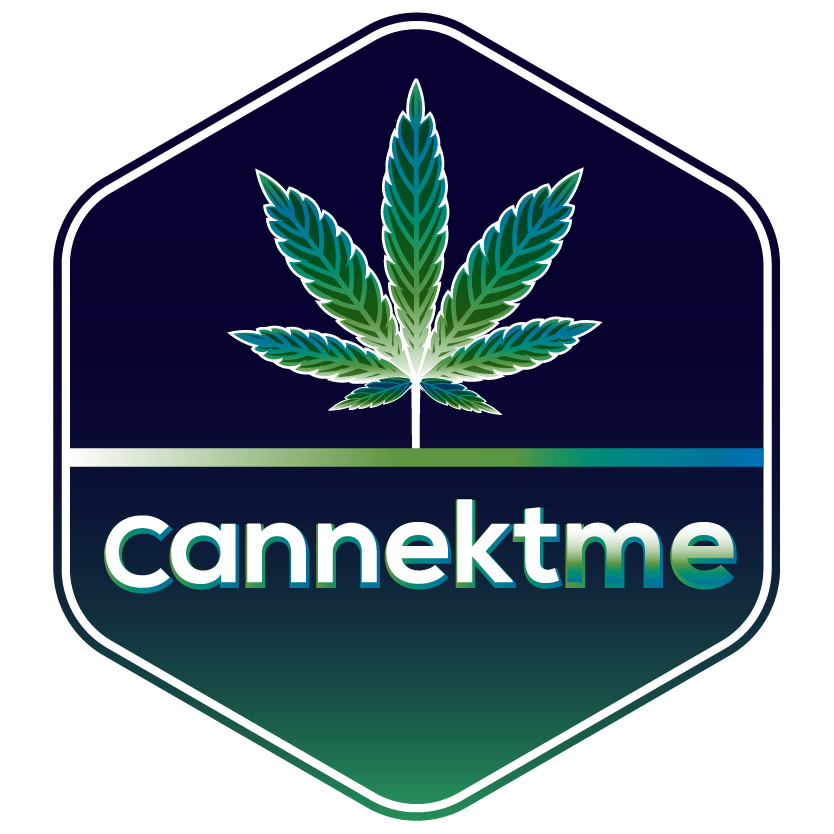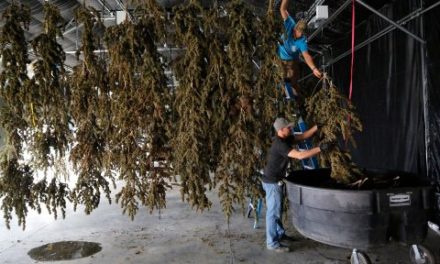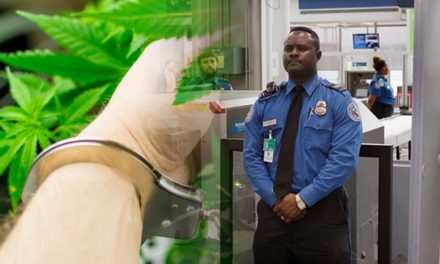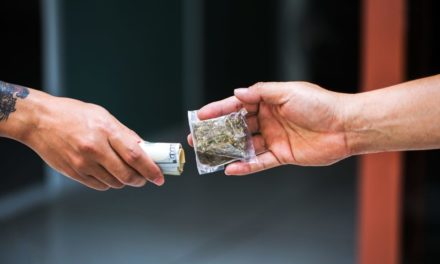This past weekend was the hallowed 4/20 holiday for those who celebrate and participate. Prior to 4/20, the City of L.A. made some progressive moves towards bolstering consumer protection in the City concerting illegal cannabis (see this pretty great interactive map for your legal cannabis providers in City borders) and rounding out (legally speaking) the Phase III licensing process that’s been long awaited by stakeholders.
When I last wrote about Phase III back in February, things were still fairly up in the air for how the City would allocate the remaining coveted retail licenses. In early February, the Department of Cannabis Regulation (“DCR”) proposed to the Rules, Elections, and Intergovernmental Relations Committee (“Committee”) the concept of a first come, first served system, lottery, or merit-based review to divvy up those licenses between those social equity applicants that had real property and those that didn’t in order to “make our licensing process more efficient, transparent, and, most important, equitable.” The Council (after a hearing with the Committee and the DCR) came back at the DCR with a different set of proposals for Phase III reform. Namely, to study how other cities have handled social equity and limited licensing.
On April 16th, after adopting the City Attorney’s April 12th report, the Council also decided to adopt this April 12th draft ordinance (subject to certain Council amendments and additions to the DCR and City Attorney from April 16th). Council will review this amended ordinance for adoption on April 30th.
The April 12th ordinance does a lot of things to reform cannabis regulations in L.A. It’s biggest impact is the creation of a first come, first served system for Phase III licensing, which basically tracks the original proposals from DCR from back in February. Here is a general overview of how Phase III will now work (assuming the revised ordinance passes on April 30th):
- When the DCR decides it’s time, for 60 calendar days (or, on Council’s April 16th recommendation, this window will close 30 days after Council “adopts the findings of the Enhanced Social Equity Analysis”), applicants for Phase III Type 10 retail licensing (i.e., brick and mortar) can apply to the DCR to be vetted and approved as either Tier 1 or Tier 2 Social Equity applicants. Licensing will then be split up into two “Rounds”.
- For Round 1 licensing, for a period of 14 calendar days (provided that the DCR posts written notice of Round 1 on its website 15 days before the 14-day window opens), the DCR will process the first 100 Type 10 retail licenses.
- To qualify in Round 1, an applicant business must have a Tier 1 or Tier 2 Social Equity applicant already verified (for more on social equity in L.A. generally, see here). Importantly, a Tier 1 or Tier 2 cannot be the social equity component for more than one business applicant in Round 1. And any individual who is an “owner” of an EMMD can’t be the Tier 1 or Tier 2 Social Equity applicant.
- During the 14-day application window, applicants have to submit to the DCR a complete application that includes the following: 1) a copy of an executed lease agreement with proof of a deposit or property deed for its business premises; 2) an ownership and financial interest holder form; 3) a financial information form; 4) a Business Premises diagram; 5) proposed staffing and security plans; 6) a dated radius map including horizontal lines and labeling of any sensitive uses relative to a Type 10 retail license; 7) a labor peace agreement attestation form; 8) an indemnification agreement; 9) a current Certificate of Occupancy for retail use for the business premises; and 10) all business records and agreements necessary to demonstrate that a Tier 1 or Tier 2 Social Equity applicant owns the minimum equity share in the business as required under current City law.
- The first 100 applicants that meet all of the foregoing will go forward for further license processing, which represents the “first come, first served” system in play.
- For Round 2 for the remaining Type 10 retail licenses (which Council instructed the City Attorney to increase the number to 150 from the originally contemplated 100 because of Undue Concentration), when the DCR decides it’s time to open the window, they’ll process Round 2 applications for 30 calendar days, but this Round 2 window cannot open “until DCR has made business, licensing, and compliance assistance available to [pre-verified] Tier 1 and Tier 2 Social Equity applicants . . . for a period of at least 30 calendar days” (note that Council wants this assistance in place for 45 days before Round 1 opens instead of for 30 days before the commencement of Round 2).
- To qualify for Round 2, an applicant must have an individual “owner” that is a Tier 1 or Tier 2 Social Equity applicant that’s already been verified by the City.
- During the 30-day application period, applicants have to submit a complete application that includes the following: 1) an ownership and financial interest holder form (though Council requested that the ownership structure information only be required as part of number 9 below); 2) a financial information form; 3) a labor peace agreement attestation form; and 4) an indemnification agreement.
- The first 150 applicants that submit an application that meet the foregoing requirements then get 90 calendar days, when the DCR calls it, to then submit: 1) a copy of an executed lease agreement with proof of a deposit or property deed for its Business Premises; 2) a business premises diagram; 3) proposed staffing and security plans; 4) a dated radius map including horizontal lines and labeling of any sensitive uses relative to a Type 10 retail license; 5) an indemnification agreement; 6) a current Certificate of Occupancy for retail use for the business premises; and 7) all business records and agreements necessary to demonstrate that a Tier 1 or Tier 2 Social Equity applicant owns the minimum equity share required by current City law.
Note also that Council wants to add to the ordinance: the ability of Type 10 or 9 retailers to be able to add other non-retail commercial cannabis uses to their license applications when they’re in pursuit of their City annual licenses; that as of January 1, 2010, DCR is allowed to process additional Type 10 retail license applications so long as mandatory social equity ratios are honored and Undue Concentration isn’t violated; and a prohibition on the “sale or major change of ownership” of a social equity licensed business until “minimum standards are adopted” unless “extenuating circumstances” exist as determined by the DCR.
We finally know what Phase III is going to look like in L.A., which will probably cause a lot of relief and also major anxiety. Without a doubt though, Phase III retail licensing in L.A. is now going to be a massive race to get in complete applications, and it will be a feeding frenzy for business folks to partner with social equity applicants (so be on the look out for predatory tactics). For those out there that have been sitting on property in L.A. just waiting for Phase III to open, now is the time to start preparing for the submission of your complete application to the DCR as one missed or incorrect document can spell rejection. Be sure to organize and analyze accordingly.
We’ll be sure to keep our eye on the revised Phase III ordinance as April 30th approaches.
Source of article: https://www.cannalawblog.com/california-cannabis-los-angeles-moves-to-reform-phase-3-cannabis-licensing/
















